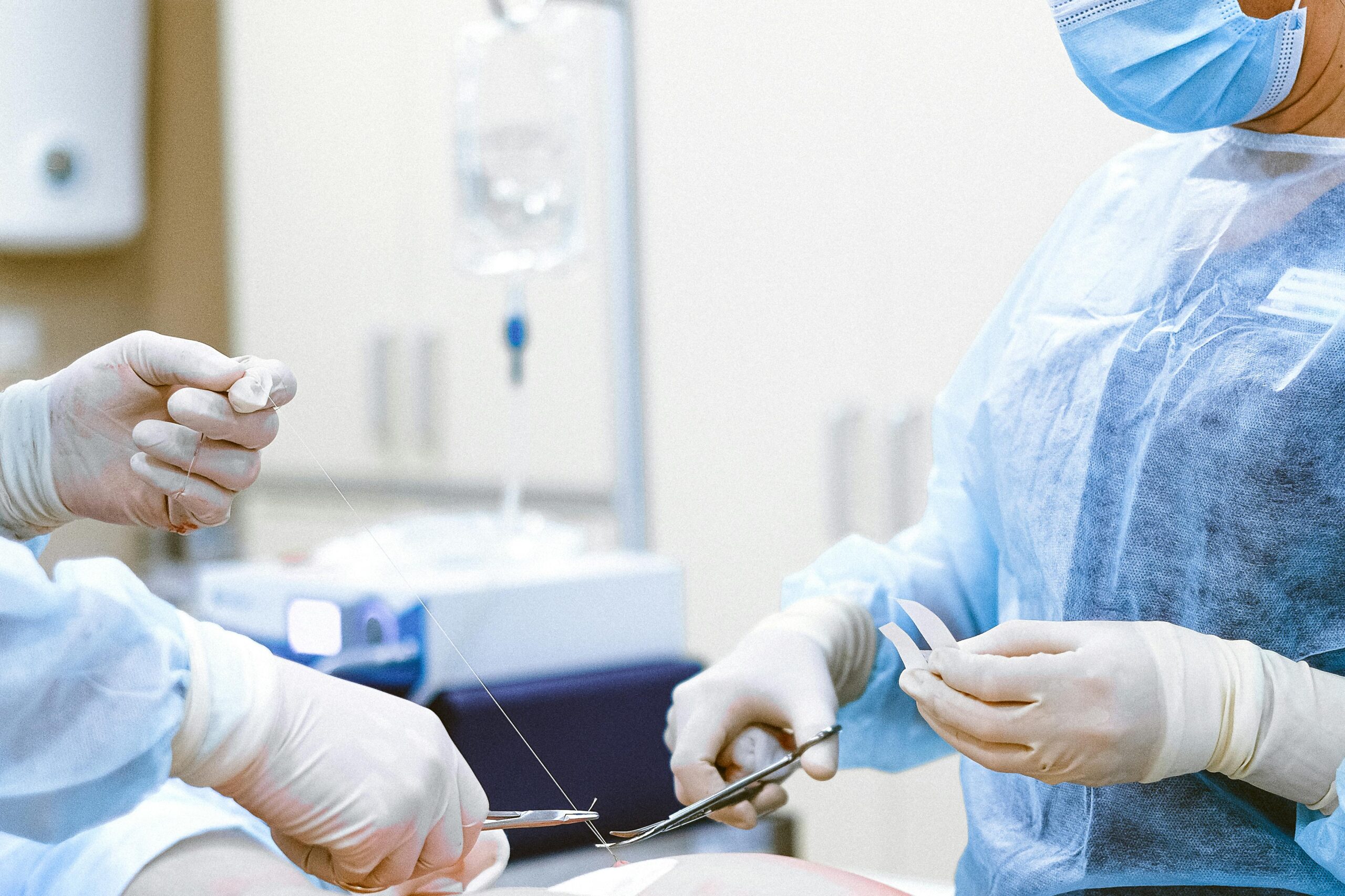
BLOG
Is Elbow Surgery Painful? What You Need to Know
There’s no getting around it: elbow surgery is painful. It is an invasive procedure that requires a certain amount of tissue damage to facilitate healing. Depending upon the type of elbow surgery — for example, fracture repair, tendonitis treatment, or ligament reconstruction — muscles, tendons, ligaments, or even bones must be cut, detached, stretched, or drilled into. Nerves may be manipulated or gently pushed aside.

Although the tissue damage done during elbow surgery is painful, as is the recovery from it, pain management for elbow surgery is effective, and the pain eases in a relatively short time. Let’s explore the pain associated with different types of elbow surgery, pain management techniques, and what you can expect.
Understanding Pain After Surgery
Pain following any kind of surgery is normal. Surgery requires cutting through tissues like muscle, tendon, ligament, and bone to remove or repair damage, which triggers the body’s automatic responses to injury, including inflammation and pain.
After surgery, the body must heal the damage and complete the repair initiated by the surgeon. Heat and swelling occur as blood flow to the injured area increases along with the delivery of immune cells and nutrients. Pain forces the patient to rest, giving the body a chance to heal. So, while elbow surgery is painful, the pain serves a vital purpose.
It may seem counter-intuitive to deliberately cause more tissue damage and pain in order to remedy tissue damage and pain, but there are critical differences. Surgery causes acute pain that can be intense but short-lived, gradually easing, then resolving in weeks to months. The chronic pain of the condition the surgery remedies can last for years and serves no biological purpose. The sharp, stinging, or burning pain at the incision site is generally localized to the damaged tissues. However, the neuropathic pain the surgery addresses is likely a shooting, tingling sensation that may travel.
While elbow surgery is painful, the intensity of pain varies by the type of surgery involved and the individual’s pain tolerance. We think of pain as a purely physical sensation, but that’s not how we experience it. Pain is made up of a physical signal warning of potential tissue damage — and a negative emotional interpretation of that signal. Due to the emotional component of pain, we all experience pain differently, and that experience is influenced by several factors, including:
- Physical health
- Amount of rest
- Current stress
- Levels Level of distraction
- Cultural and psychological factors
Managing Pain After Elbow Surgery
While elbow surgery is painful, it can be planned for and managed. Often, the surgeon will perform a nerve block to manage postoperative pain, temporarily interrupting pain signals and preventing them from reaching the brain. As a result, some elbow surgeries are performed while the patient is awake.
The nerve block immediately numbs the elbow, blocking the experience of pain for anywhere from a few hours to several days, depending upon the anesthesia used. Consequently, the patient has less need for painkillers while beginning their recovery in less pain.
It’s critical to follow the prescribed pain management techniques to stay ahead of the pain. You will be prescribed pain relief medication and over-the-counter anti-inflammatories, as well as the use of ice packs, rest, elevation of the elbow, and physical therapy.
Exploring Different Elbow Surgery Pain Levels
Tennis Elbow
Elbow Fracture
Total Elbow Replacement Surgery

Recovery and Long-Term Pain Management
Non-Surgical Elbow Treatment at QC Kinetix
Elbow Surgery Frequently Asked Questions
Can I walk after elbow surgery?
You can and must walk after elbow surgery. Gradually increase your walking after elbow surgery to improve circulation and help prevent pneumonia and constipation.
How long are you in a cast after elbow surgery?
Typically, your arm will be in a removable splint for the first week to 10 days after elbow surgery. Once the sutures are removed, your arm will be immobilized with a cast for several weeks. The exact length depends on the complexity of the surgical procedure you’re recovering from.
What is the success rate of elbow surgery?
Elbow surgery has a high success rate of 85-95%, depending upon the type of surgery and the patient’s general health.
Joint & Bone Health Quickstart Program
QC Kinetix Joint & Bone Health supplements help your body to repair and renew injured joint tissues, including cartilage, ligaments, and tendons, while reducing inflammation of the bursae. Unlike steroids or pharmaceuticals, our supplements for joints work with your body to promote healing.
Supplements can boost your overall joint health as part of a general fitness program. However, they are particularly valuable for treating damaged or inflamed and painful joints. The Arthritis Foundation finds that joint health supplements show promise for relieving pain, stiffness, and other symptoms of arthritis.

QC Kinetix
Get Started with QC Kinetix
*Fill out the form below, and an expert will reach out to you shortly. All fields must be completed.
*Please allow 30-60 minutes of allotted time to meet with a specialist to determine if you are a candidate for our services. Exams are included and are complimentary.


 1-800-490-4QCK
1-800-490-4QCK

